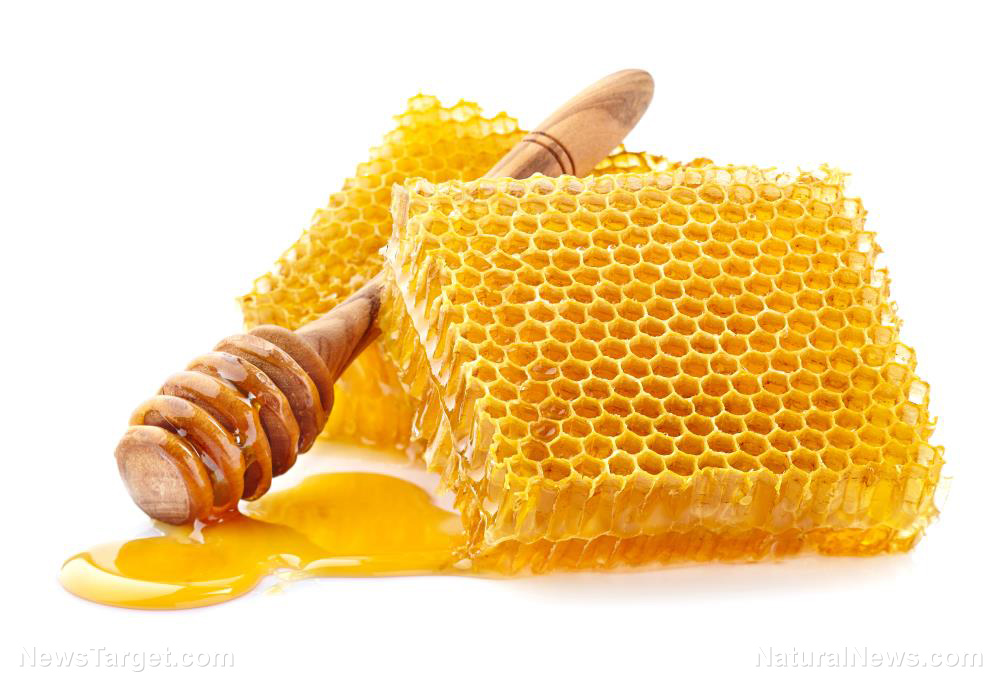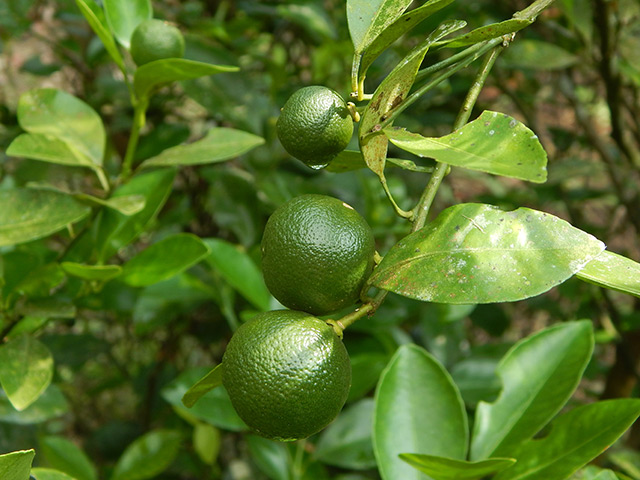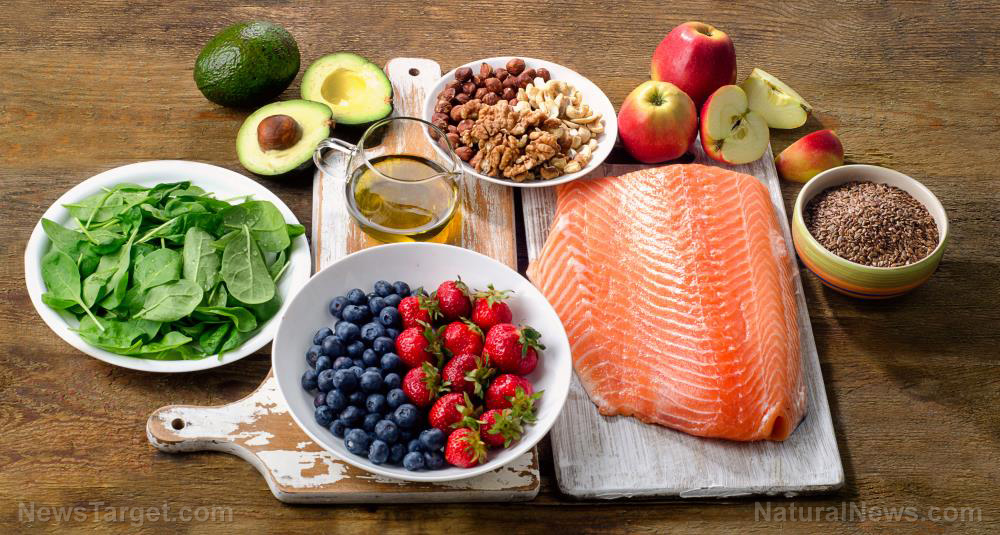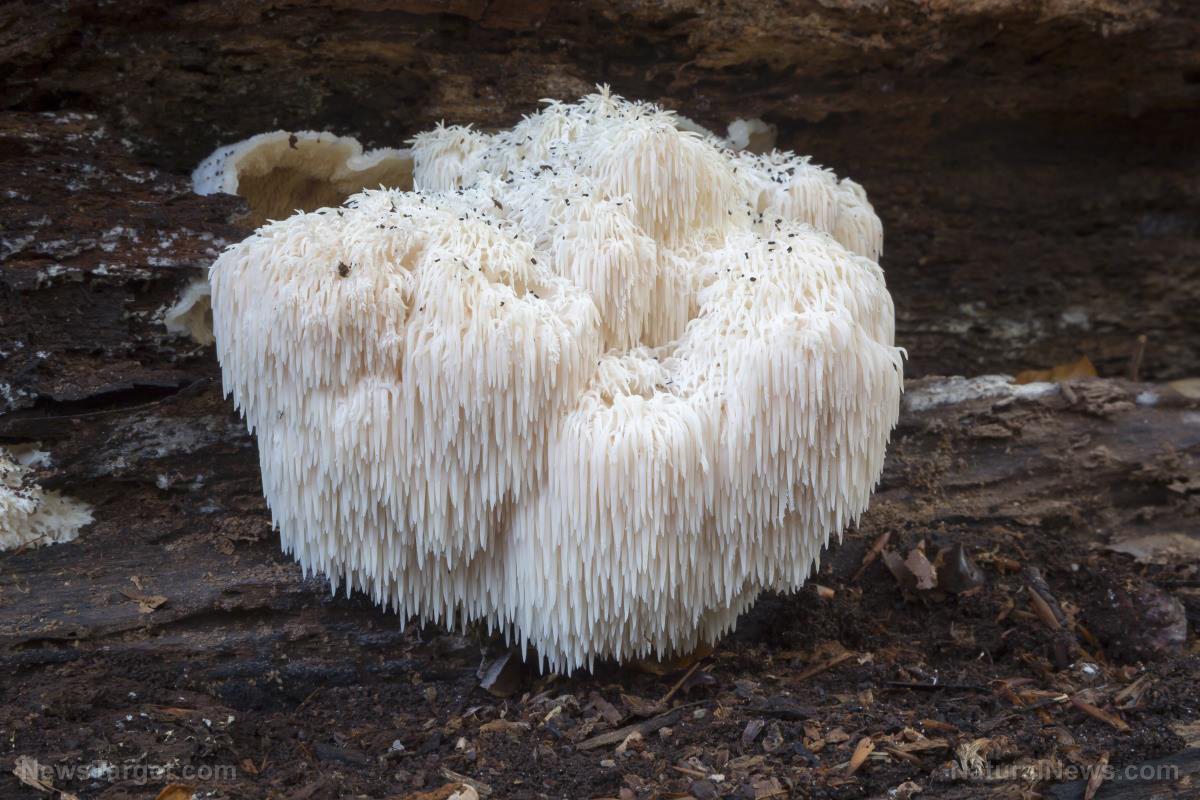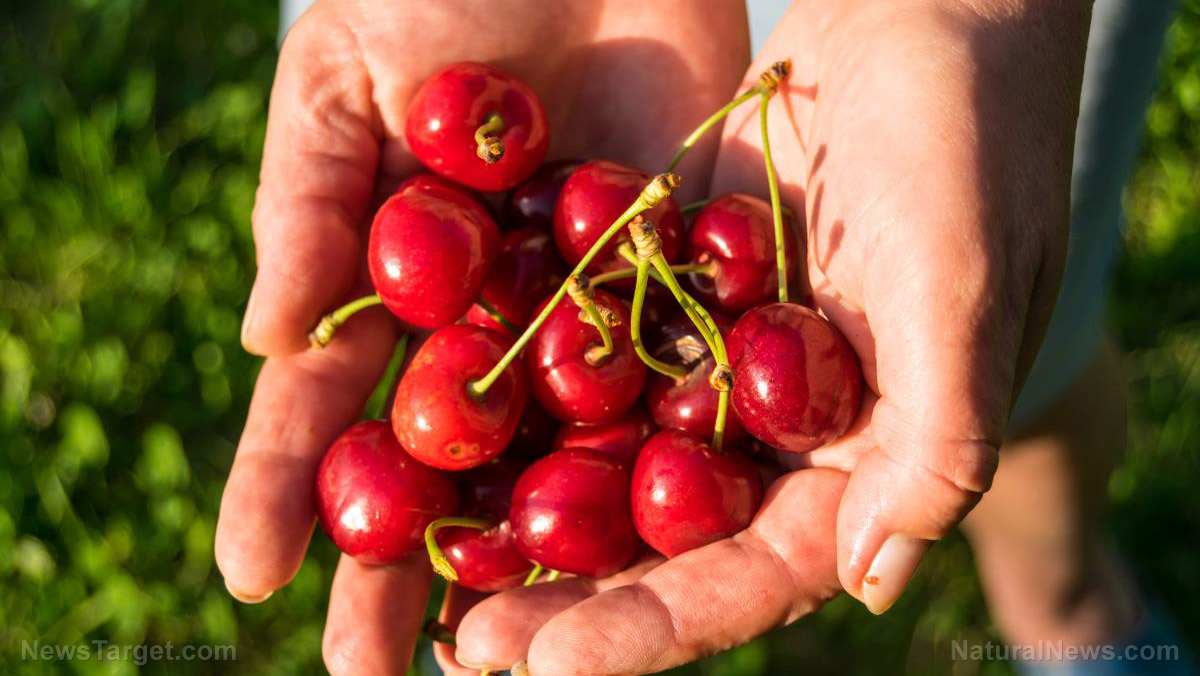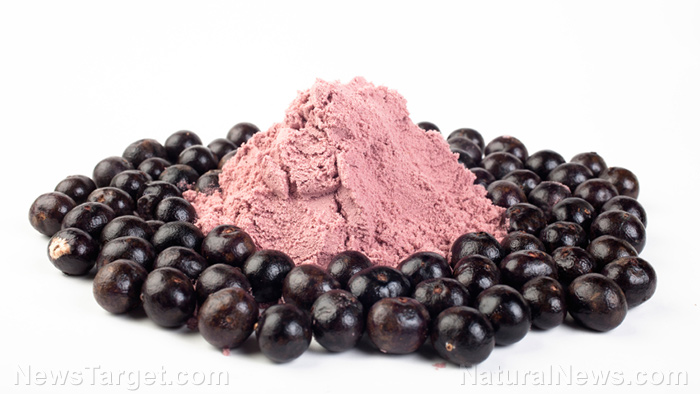When chemotherapy fails, science turns to… flaxseeds?
09/12/2019 / By Isabelle Z.

Chemotherapy remains a popular treatment for cancer patients, but that’s mostly due to its profit potential and a lack of alternatives rather than its efficacy. In fact, as far as treatments go, it leaves a lot to be desired, ravaging patients’ bodies without providing meaningful progress in many cases.
Now, researchers are looking back to nature to make up for chemotherapy’s shortcomings. In a new study, Italian researchers looked at whether flaxseed could enhance the effects of the chemotherapy drug doxorubicin in treating breast cancer.
Despite being considered an essential medicine for cancer by the World Health Organization, doxorubicin is known for carrying highly toxic side effects. Therefore, the researchers sought to find something that could be combined with the drug to reduce the amount of it that patients need to take.
They focused on flax because past studies have shown that phenolic flaxseed oil extract has several chemotherapeutic effects. Their results were very positive, finding that the mixture is able to induce cytotoxicity and cell death, among other benefits. Their findings were published in the International Journal of Oncology.
Why is flaxseed so beneficial?
Flaxseed contains two cancer-fighting components, lignans and the omega 3 fatty acid known as ALA. Lignans, which can also be found in sesame seeds, are plant-based estrogens that can fit into the estrogen receptors in breast and endometrial tissue cells. This can protect cells from becoming damaged or cancerous.
A past review by University of Toronto researchers showed that flaxseed works in many ways to prevent breast cancer and slow its growth. For example, animal studies have indicated that a diet made up of anywhere from 2.5 to 10 percent flaxseed could reduce tumor growth. Diets of 10 percent flaxseed can raise the effectiveness of the chemo drug tamoxifen, while a diet of four percent flaxseed oil can increase the effectiveness of the chemo drug trastuzumab (Herceptin).
Lignans have been shown to decrease breast cancer mortality by as much as 70 percent and all-cause mortality by up to 53 percent. Taking 50 milligrams of lignans per day in the form of 25 grams of flaxseed was shown to reduce tumor growth in people with breast cancer in just 32 days.
Meanwhile, other studies have shown an association between flaxseed and lignan intake/serum levels and a lower risk of breast cancer, especially in women who are postmenopausal.
The statistics are promising
How do they accomplish this? First, the lignans in flaxseeds block the blood supplies tumors depend on to live. They also lower estrogen production, block estrogen receptors, and help the body generate more protective estrogens.
Flaxseeds have been shown to lower the odds of metastasis, with one promising animal study showing that a diet high in flaxseeds decreased the incidence of metastasis by a remarkable 82 percent when compared to the control group.
The benefits aren’t just physical; observational studies have shown that consuming flaxseed can improve the mental health of breast cancer patients by as much as 76 percent.
Best of all, flaxseed is relatively safe as long as you’re sure to get the organic varieties. The seeds are easy to grind in a coffee bean grinder, but keep in mind they go rancid quickly, so it’s best to grind as much as you need in the next few days and store it in an airtight container in your fridge. You can add the seeds to smoothies, salads, yogurt, breads, muffins and cereals.
As one of the most frequently diagnosed types of cancer, breast cancer remains an all-too-common cause of death among women, responsible for killing more than half a million women in 2012 alone. Once again, however, nature has proven that it’s up to the task of helping to solve serious health issues like breast cancer, and one can only hope that more women will learn of flax’s many benefits when it comes to breast cancer.
Sources for this article include:
Tagged Under: breast cancer, doxorubicin, flax, flaxseed, flaxseed oil, natural remedies, prevention, women's health
RECENT NEWS & ARTICLES
Antioxidants.News is a fact-based public education website published by Antioxidants News Features, LLC.
All content copyright © 2018 by Antioxidants News Features, LLC.
Contact Us with Tips or Corrections
All trademarks, registered trademarks and servicemarks mentioned on this site are the property of their respective owners.



